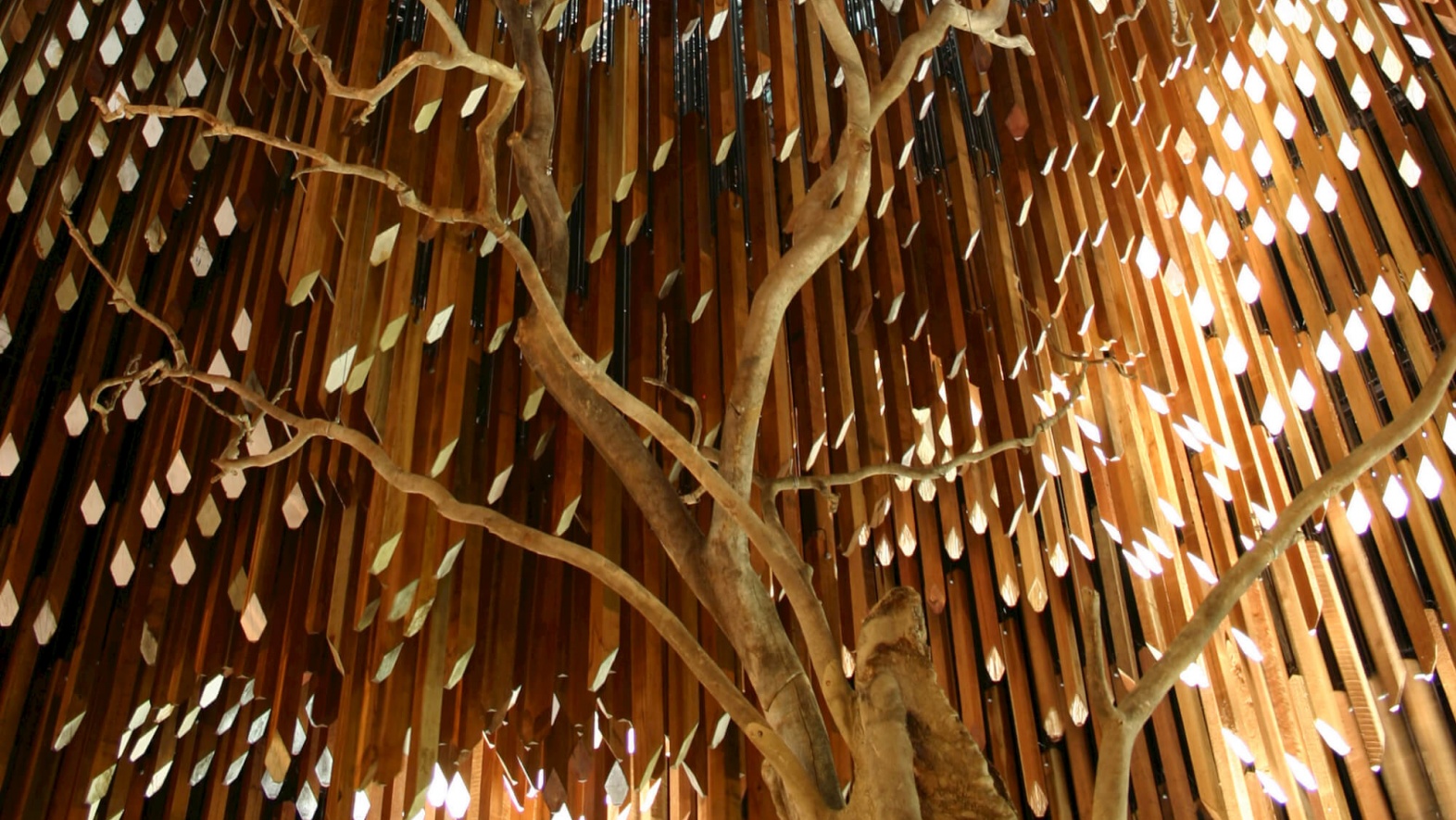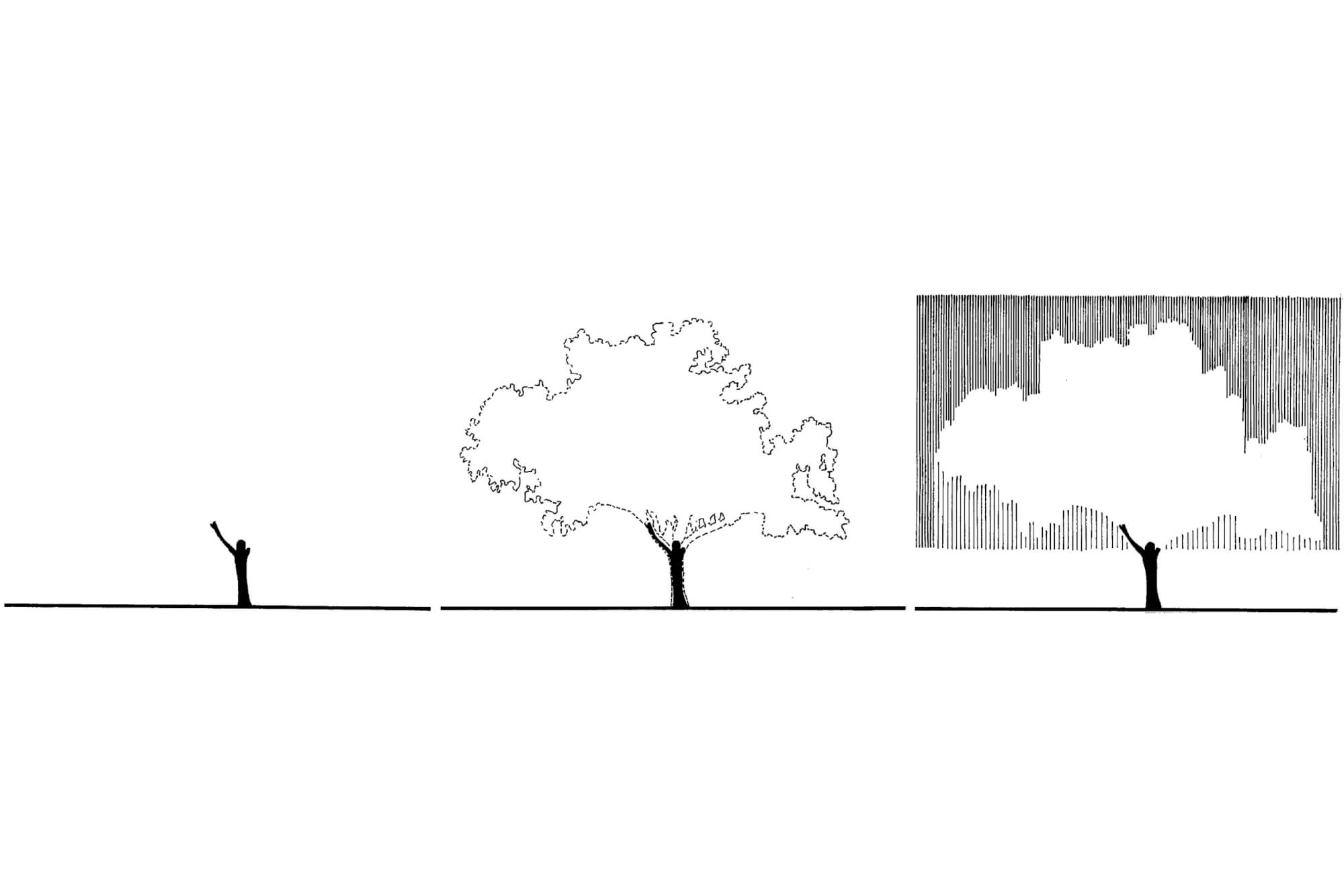
Tree of Knowledge Memorial
On the land of the Iningai people, Barcaldine, Queensland
The Tree of Knowledge in Barcaldine (Western Queensland) was the shaded point of the great shearer’s strikes of the late 1800s, as well as the site of the first ever reading of the Labor Party Manifesto. The project is part of the wider Barcaldine Master Plan, also designed by m3architecture.



“Perhaps the most powerful story of collaboration, leadership and perseverance between client and architect.
The architects have amplified the beauty, history and serenity of this important place through their work, and through their ability to communicate a clear vision for the project to the community, often at critical, pivotal moments during the projects delivery.”
RAIA National Awards Jury Citation.



Photography by Jon Linkins and Brian Hooper Architect.